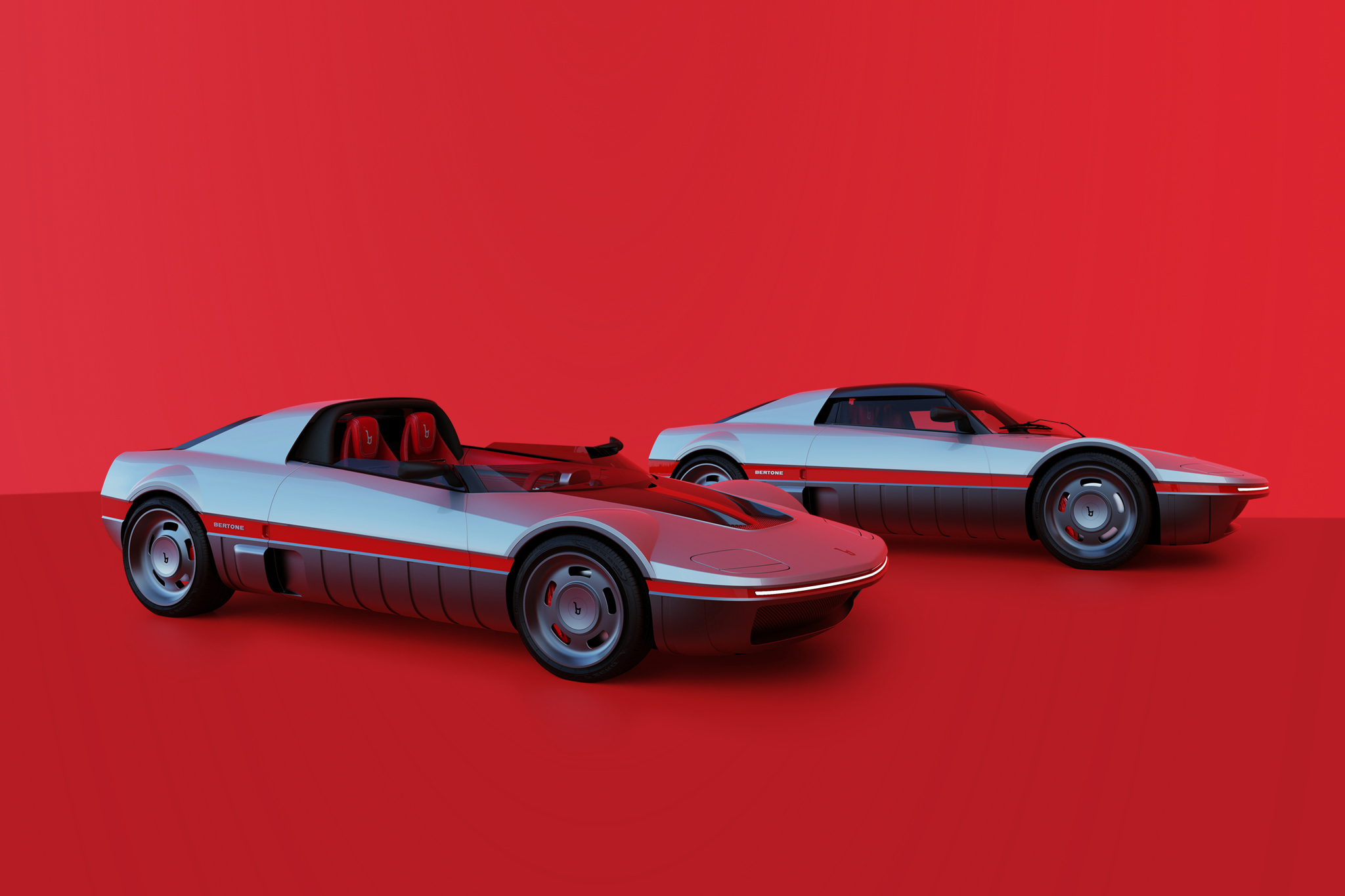Porsche 911 Carrera RSH 2.7
When Porsche needed a new vehicle for sports car racing in 1972, it decided to use the 911 S as the basis. The motorsport authority FIA had announced shortly before that it was abolishing the 5-liter class for 1972. This meant that the successful 917 could no longer compete in the World Championship or in the 24-hour race at Le Mans. In order to be able to enter Group 4 for GTs and special touring cars, a new racing car was therefore created. At least 500 identical homologation vehicles had to be produced for this purpose. Porsche increased the displacement of the six-cylinder boxer engine to 2.7 liters. An opening for an oil cooler was integrated into the front bumper, which was closed on the road cars. To reduce lift on the rear axle, the now famous “ducktail” rear spoiler was added to the hood and the wheel arches were slightly widened. Thus equipped, the 911 Carrera RS 2.7 made its debut at the Paris Motor Show in September 1972.
Suspected sales flop turned into success
Originally, Porsche’s marketing and sales strategists had serious doubts that 500 units of the Carrera RS would sell. To make things more pleasant for customers accustomed to comfort, they therefore insisted on two different variants. In addition to the normal variant (M471, Lightweight) with a thin-walled body, there was the Touring specification (M472) with more equipment, including an optional sunroof. Ultimately, 200 units of the Lightweight were built. In the meantime, however, Porsche had to produce more cars of the Touring. The first 300 units were followed by a second run of another 500 cars and finally even a third. In the end, a total of 1,580 examples of the Carrera RS rolled off the assembly line, although this count also includes the 55 Carrera RSR 2.8. In addition, 17 customers ordered a version that remained virtually unknown even to many brand connoisseurs. As RSH (H for homologation, equipment code “0”), these cars rolled out to customers with particularly little comfort equipment.






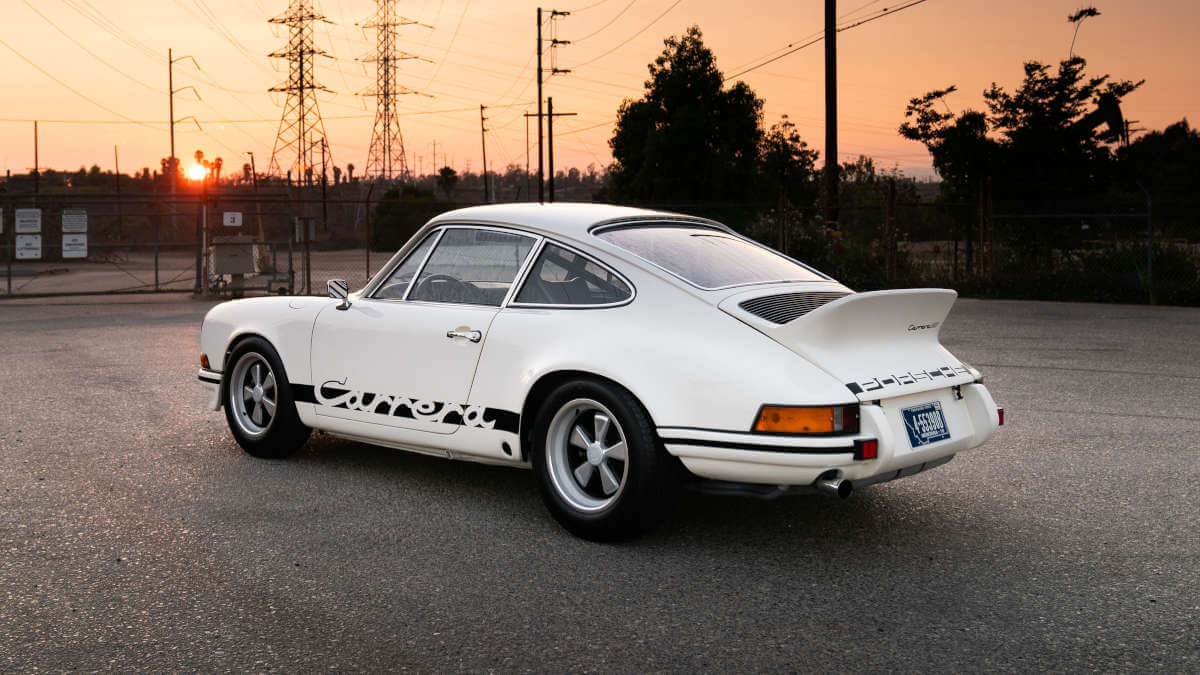









Equipment code 0 remained extremely rare
What is this ominous equipment code “0” all about? Porsche had to produce the original 500 units of the Carrera RS all in the same configuration, which, in order to comply with the regulations, had to weigh less than 1,000 kilograms. For this reason, all the cars were first produced as “naked” sports cars without any equipment and were transported to an official weighing station in Stuttgart. Once the weight and chassis number had been established there, the cars went back to the factory in Zuffenhausen, where they were converted in accordance with the orders on hand. In this way, Porsche complied with the letter of the law, but was still able to fulfill customer requests. Cars with the equipment code “0” weren’t converted and therefore remained at 935 kilograms kerb weight. There only five cars in the first batch of production and another 12 in the two following batches. Most of the 17 examples competed in motorsport.
















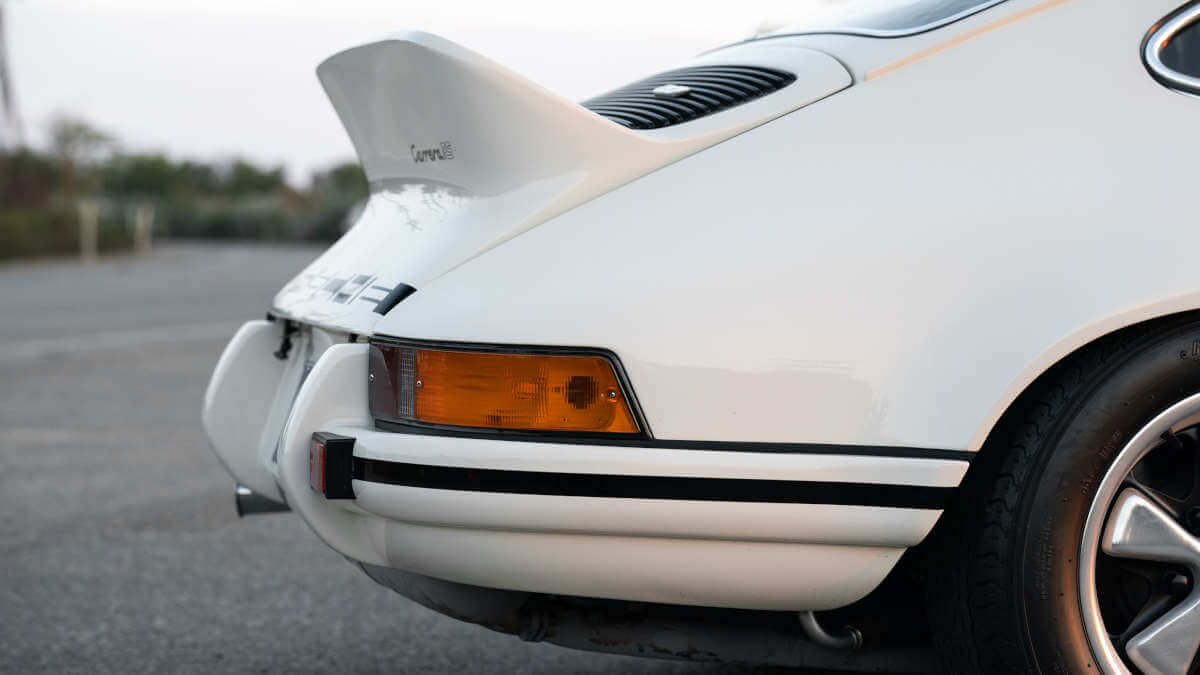





Via the Netherlands to the USA
The 2.7-liter engine remained unchanged by the “0” code. With a magnesium block and Nikasil-coated cylinder liners, as well as Bosch gasoline injection, it produced 210 hp. In conjunction with a new five-speed manual gearbox, the Carrera RS reached a topspeed of up to 150 mph. Porsche delivered one of the 17 RSHs to Dutch importer Ben Pon on June 1, 1973. Pon worked closely with Vasek Polak in California and shipped the 911 there. The car’s first private owner, a Texan, fell behind on his installment payments, according to vehicle records. Therefore, his lending bank sold the RSH to John Paul Sr. Together with his son, John Paul Jr, he used the sports car in autocross events and a few races. Via Tom Anderson, the head of Carrera Motors in Bend/Oregon, the 911 went on to Monte Shelton.








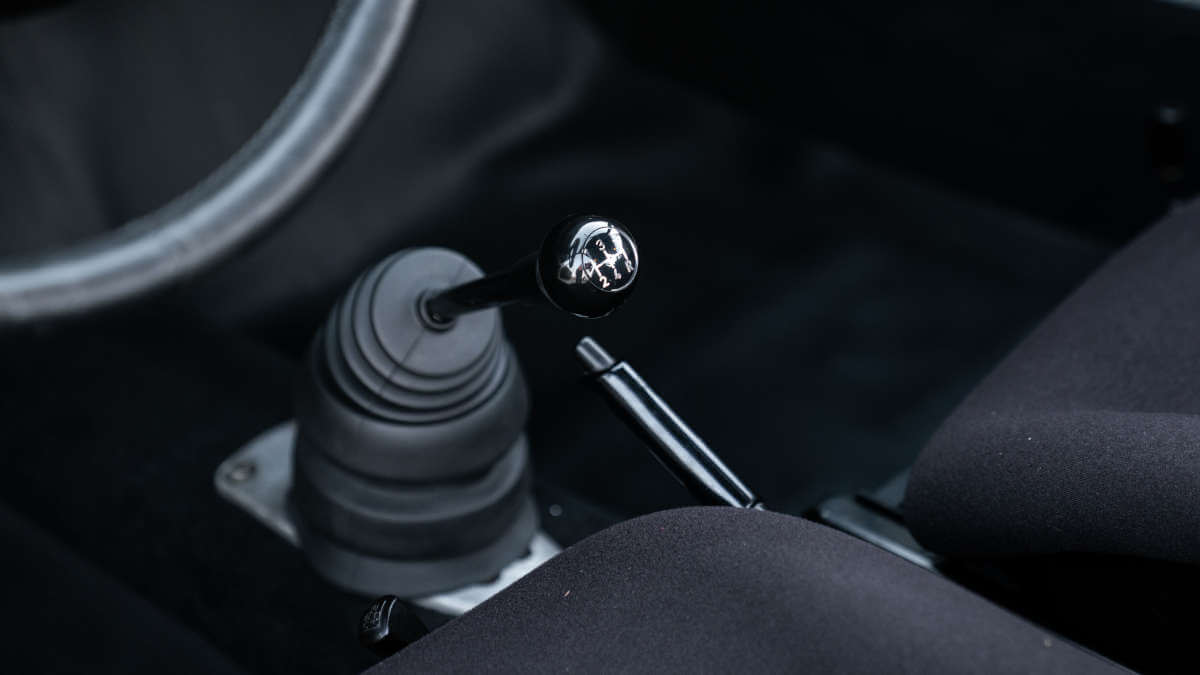



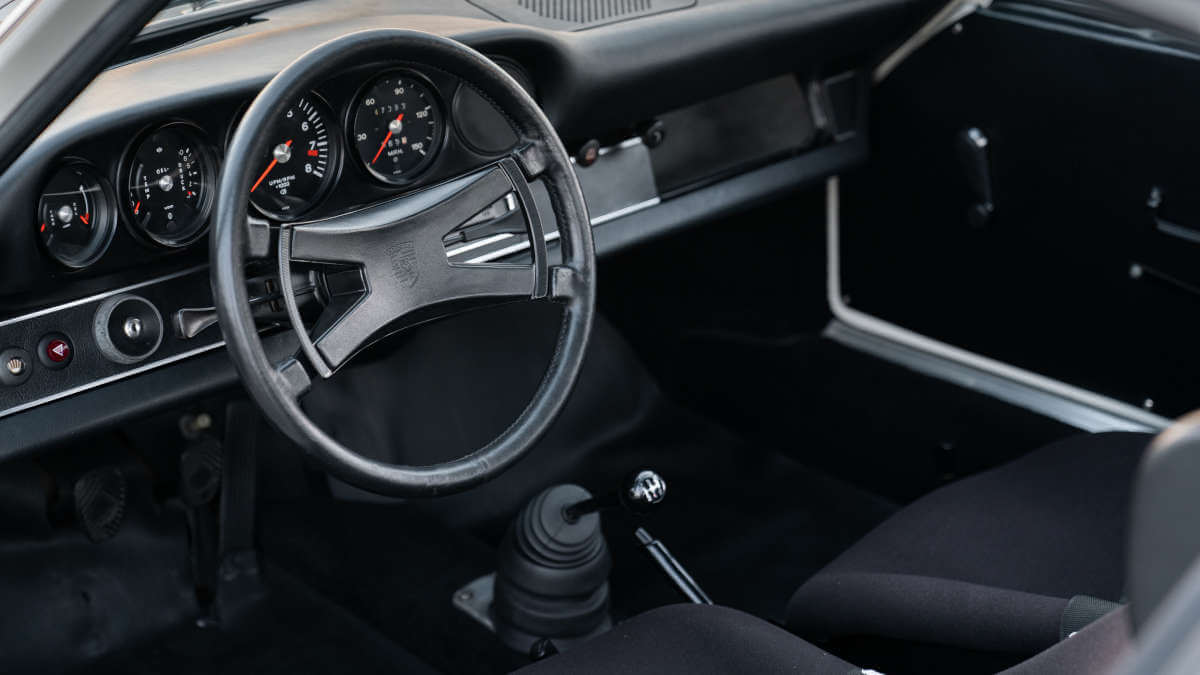







Rare Carrera RSH for sale
Around 1985, Shelton sold the car to Mark Heininge, a Porsche collector in Oregon. The latter had an extensive restoration done. Due to the rust-free and complete starting base, this succeeded true to the original. A lot of work went into restoring the fenders, which a previous owner had replaced with those of a 911 S/T 2.5. During the restoration it turned out that the engine had been cast with the prefix “633” instead of “663”. At first, even experts at the Zuffenhausen plant assumed it was a production error. But then it turned out that Porsche had switched from magnesium engine blocks to an aluminium alloy in the second quarter of 1973 and had therefore also changed the marking. Currently, RM Sotheby’s is offering this car in its Private Sales section for US$ 1,550,000.
Images: RM Sotheby’s, Karissa Hosek



